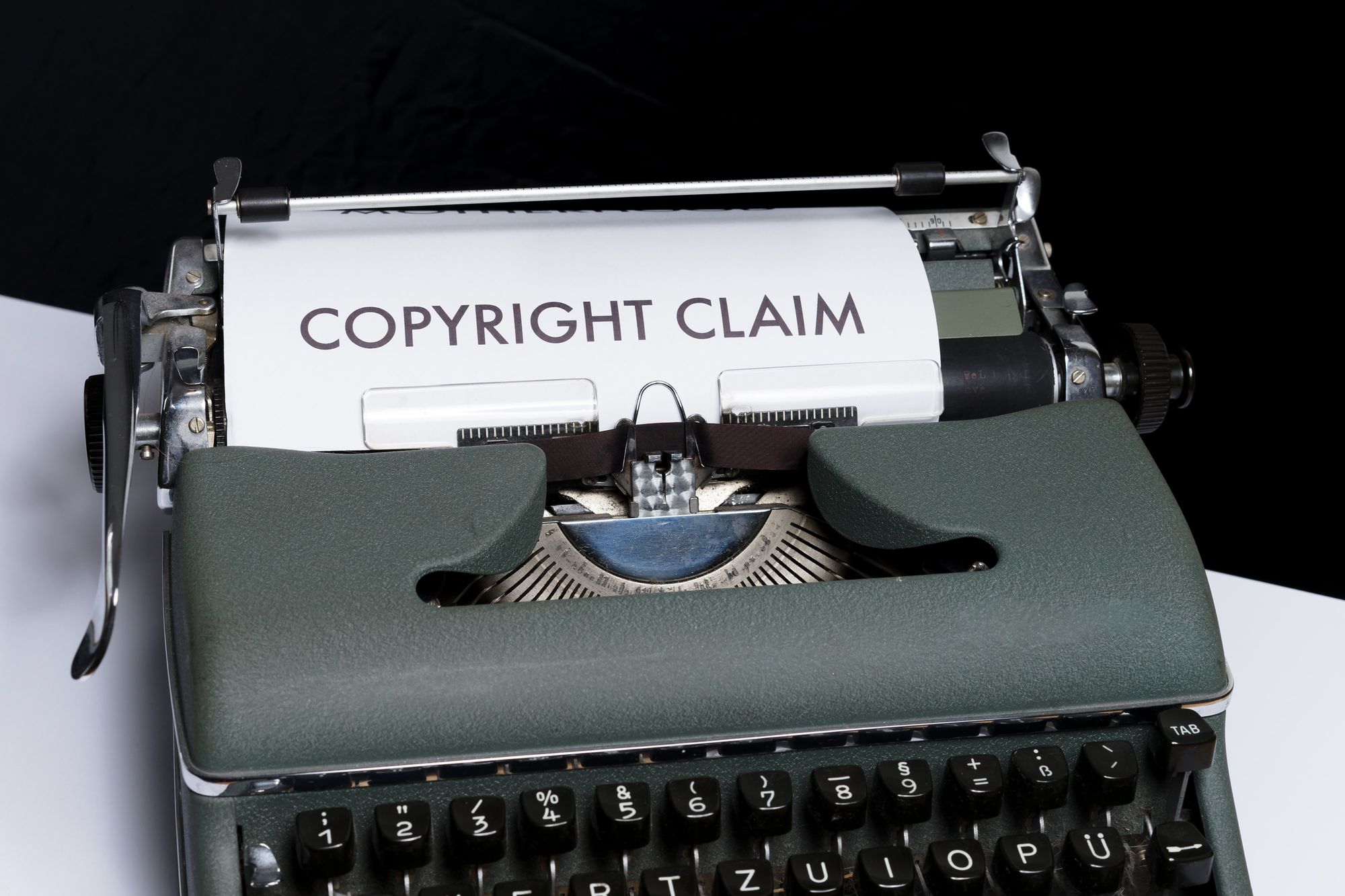“Intangible Asset is something that can’t be touched or physically seen.” ~ According to the Cambridge Dictionary.
A quick question for you: What is invisible yet crucial in terms of the accounting business? We are quite sure you already know the answer, isn’t it?
It's Intangible Assets, of course! Despite the fact that it is invisible and has no physical form, this is something that has tremendous value. Although this may seem like a simple and straightforward concept. But, it contains various aspects that should not be missed out at any cost.
In today’s guide, we’ll learn about Accounting for Intangible Assets and their related concepts. Stick to the end of this detailed guide to fully comprehend the concept. Following is the table of the content we’ll cover ahead:
- What’s an Intangible Asset?
- Types of Intangible Assets
- Significance of Intangible Assets in Business
- Intangible Assets Vs Tangible Assets
- Common Components Associated with Intangible Assets
- Calculation of Intangible Assets
- Example of Intangible Assets
- Understanding Intangible Goods
- Managing Intangible Assets
- Assigning Value to Intangible Assets
- Recording Amortization of Intangible Assets
- Frequently Asked Questions (FAQs) on Intangible Assets
What’s an Intangible Asset?
A non-physical asset with long-term financial worth for firms is referred to as an intangible asset in accounting. Intangible assets are not physical objects. It simply means that, unlike tangible assets, intangible assets cannot be seen or touched. Interestingly, intangible assets enhance the value of tangible assets as well.
Furthermore, an intangible asset is accounted for as a long-term asset that is amortized over its operating time and is subject to periodical impairment evaluations. In addition, intangible assets can be classified as either definite or indefinite.
Different Types of Intangible Assets
We've mentioned four different categories of intangible assets below. Let’s learn them in detail.
1. Definite Intangible Assets
2. Indefinite Intangible Assets
3. Goodwill
4. Intellectual Property
Let's study them in detail.
1.Definite Intangible Assets
A definite intangible asset has a value that is only valid for a limited time. For example, a three-year contract for the use of another company's patent is a definite intangible asset because it loses value once the contract expires.
2. Indefinite Intangible Assets
An indefinite intangible asset is valued throughout the company’s or brand’s existence. Customer loyalty, for example, is accounting for an intangible asset that remains valuable to a firm for as long as they are in business.
3. Goodwill
Goodwill is an intangible asset in business and accounting that cannot be transferred, exchanged, licensed, rented, or sold separately from the company. Brand recognition, company strategies, consumer loyalty, and staff interactions are examples of non-quantifiable assets. These items add value to the firm that you can't remove from it.
4. Intellectual Property
This section includes new inventions, names, images, designs, and literary works that you produce with your thoughts. Moreover, to protect your intellectual property, you can utilize licenses agreements, copyrights, trademarks, and patents.
In addition, these kinds of safeguards subsequently become accounting for intangible assets that prohibit other businesses from copying your work.
Significance of Intangible Assets in Business
Accounting for intangible assets holds one of the most essential values for every firm. Check some of the listed intangible components:
- Brand Reputation
- Customer Relationship
- Customer satisfaction
- Patented products or processes
- Customer Loyalty
- Quality of business processes
- Quality of people
Most of you might wonder why such elements could be so important for businesses?
Well, generally customers are influenced by a strong brand and brand recognition. As a result, these elements may play a role in determining the success or failure of your company. Moreover, it’s obvious that consumers want to conduct business with companies they are acquainted with in a plethora of ways.
Moreover, a strong brand can also establish a reputation for quality, dependability, and durability. Additionally, it promotes social prestige in some conditions. Moreover, a company that is known for providing excellent customer service, for example, will be more valuable than one that treats customers horribly.
Businesses can charge premium rates for the things they do sell because people are lured to them by both brand recognition and unique patents. Intangible assets can have an impact on stock market performance.
Intangible Assets Vs Tangible Assets
Check out the chart below to learn more about the differences between tangible and intangible assets:
Common Components Associated with Intangible Assets
Following is the list of some common components that are considered accounting for intangible assets. Let’s learn:
- Company reputation
- Goodwill
- Customer lists
- Client relationships
- Copyrights
- Brand equity (recognition)
- Licensing agreements
- Trademarks
- Patents
- Intellectual property
- Franchises
- Intellectual property
- Domain name
- Employment contracts
- Lease agreements
Calculation of Intangible Assets
The following equation, according to Business Dictionary, can be used to assess the financial value of your small company's intangible assets:
It should be noted that the provided equation only provides an approximate approximation. Furthermore, the maximum possible price a buyer would pay for your business is known as market value.
Furthermore, to find net tangible assets, start by making a list of all your physical assets. According to the Houston Chronicle, tangible assets include the following:
- Buildings
- Land
- Machinery
- Inventory
- Furniture
- Office supplies
- Computer hardware
- Amount in your business bank account
Note:
A company's assets are typically listed on its balance sheet. It is further a basic financial statement prepared by accounting software. According to Accounting Tools, intangible assets do not necessarily appear on balance sheets.
Moreover, this is because accounting only accounts for intangible assets that have been acquired as part of a corporate acquisition or those purchased independently.
Example of Intangible Assets
When intangible assets are purchased or acquired, they are only recognized on a balance sheet of a company. Intangible assets are recorded in the following ways:
Acquisition of a Company:
Suppose, ABC is a company with a wide following and strong brand awareness in the health food industry. Fresh Food Markets agrees to pay $2 million to ABC company.
Further, ABC’s tangible assets have a fair market value of $1 million, but the company's true fair market value is higher due to its excellent brand recognition and loyal client base.
Eventually, on its balance sheet, Fresh Food Markets classifies the additional $1 million acquisition price as intangible assets.
Purchase from another Enterprise:
One of the reasons ABC has been so successful in creating a big base of dedicated followers and a strong brand awareness in the health foods sector is its secret cupcake recipe. Further, the recipe is protected by a patent.
Moreover, they establish a five-year agreement with Fresh Food Markets to purchase the use of their patent and gain access to their secret recipe. Eventually, Fresh Food Markets reflected the cost of purchasing the patent as accounting for intangible assets on their balance sheet.
Understanding Intangible Goods
Products that do not have a physical form are known as intangible goods. According to the Houston Chronicle, they are becoming a more important element of the economy and make life much easier for businesses. They don't need to be stored or mailed, and adding inventory is usually as simple as clicking a few clicks.
Furthermore, intangible products include phone and tablet apps, software, photos, and media content such as books and songs.
Note: Intangible assets and intangible products are not the same things.
For example, a company creates business collaboration software. While the program itself isn't valuable, any trademarked branding or copyrighted software code is.
Managing Intangible Assets
Tangible assets, such as machinery, furniture, equipment, and buildings, are relatively straightforward to manage. It is generally because they can be seen and touched.
However, you will quickly find yourself on uncharted grounds when it comes to accurately managing intangible assets. The process for the same becomes hazy at times.
Although these assets add a lot of value to your company. Moreover, it's much more difficult to effectively manage them internally, especially during any decision-making process. It is because they're not always reported on your balance sheet.
Even though valuing intangible assets like your brand, company name or reputation, and customer relationships is challenging, but not impossible.
Furthermore, accounting for intangible assets does not have a termination date. It clearly doesn’t mean they can't be eliminated. Inappropriate use of social media platforms, for example, can swiftly devalue your business.
One of your employees replies to a poor internet review of your company with a series of insults instead of reacting professionally. The unprofessional message quickly turns viral, gaining access to millions of social media users. As a result, your company's reputation has been tarnished, and it's worth has plummeted.
Assigning Value to Intangible Assets
Intangible assets are incredibly tricky to appraise due to their inherent nature. When it comes to valuing intangible assets, stakeholders often choose one of three methodologies.
Cost Approach
The cost method is determined by the cost of recreating or replacing the asset. Depending on the asset, you can use replacement cost or development cost. When there are no comparable assets on the market to allow for precise value creation, the cost approach is often applied.
Income Approach
In order to appropriately evaluate intangible assets, the income technique uses projections of future cash flow or other financial advantages.
Market Approach
Intangible assets are compared to those held by similar businesses using the market approach. If your main opponent, for example, just traded a patent to another company. Then, you can rate your patent similarly depending on the value of the patent that was purchased.
Remember: Businesses that deal with patents and copyrights commonly employ the market method.
Moreover, accounting for intangible assets can be problematic because only assets having a declared value or acquired assets are reflected on your company's balance sheet.
Further, any intangible asset, such as a logo, would not display on your financial balance sheet because it was created internally. Thus, it makes it hard to assign market value to it.
On your balance sheet, only intangible assets with a finite lifespan and a fair market value can be reported. For instance, a patent with a ten-year expiration date or copyright that reverts to the owner after five years.
Recording Amortization of Intangible Assets
It is important to learn about accounting phrases such as depreciation and amortization.
Depreciation: The cost of a fixed asset is depreciated throughout its useful life.
Amortization: Depending on the asset's expected useful life, decreasing the value of an intangible asset over a specified period of time.
Furthermore, depreciation was also used to expense fixed assets in a variety of ways. Amortization, on the other hand, is normally done in a straightforward and basic method. It spreads out the costs of intangible assets throughout the period of their useful lives.
Intangible assets are generally divided into two sections. Let’s study them:
Limited-life intangible assets
There is an expiration date for intangible assets with a finite lifespan. Assets with a short useful life are always amortized during their lifetime.
For instance, Ted's company paid $50,000 for a patent with a 15-year expected life span from a competitor.
Furthermore, license agreements, copyrights, and patents are examples of limited-life intangible assets. All these elements follow the same concept.
Unlimited life intangible assets
This comes with an unlimited life span and those that do not have an expiration date. Goodwill, including company reputation, is a good example of an intangible asset having an endless life because it does not expire.
Furthermore, it is not necessary to amortize an intangible asset with an unlimited life because there is no credible technique for accurately anticipating its cost.
Moreover, all intangible assets that have a limited useful life should be amortized over time. Amortization is identical to depreciation in that it employs only one expense method, the straight-line approach, to divide the cost of intangible assets into equal amounts over their full useful life.
Frequently Asked Questions (FAQs) on Intangible Assets
Following we have listed some frequently asked questions associated with the intangible assets. Let’s check:
1. What is the definition of amortization?
Through amortization, the value or cost of an asset is allocated to an expenditure account. Further, amortization expense is incurred over the asset's life or usable duration.
Moreover, amortization is reserved for intangible assets with a finite lifespan, such as copyright that expires in ten years. The copyright value would be amortized over a ten-year period in this situation.
For instance, intangible assets such as goodwill and brand awareness do not have an expiration date and should not be amortized.
2. What about intangible assets? Do they show up on the balance sheet?
Definitely. On a balance sheet, intangible assets are classified as long-term assets, which are assets that cannot be converted to cash rapidly.
3. Is it true that all intangible assets are considered long-term investments?
No. Accounts receivable, for example, is an intangible asset. This is because accounts receivable has no physical presence, yet it is nonetheless regarded as a current asset because it may be transformed into cash fast.
Key Takeaways
We have finally reached the end section of this comprehensive guide. Let’s take a look at the following points for future reference:
- A non-physical asset with long-term financial worth for firms is referred to as an intangible asset in accounting.
- An intangible asset is accounted for as a long-term asset that is amortized over its operating time and is subject to periodical impairment evaluations.
- Amortization is reserved for intangible assets with a finite lifespan, such as copyright that expires in ten years.
- Check some of the listed intangible components:
- Brand Reputation
- Customer Relationship
- Customer satisfaction
- Patented products or processes
- Customer Loyalty
- Quality of business processes
- Quality of people
- Intangible Assets Value = Market Value of Business - Net Tangible Assets Value
- Intangible assets do not have a termination date. It clearly doesn’t mean they can't be eliminated.
- On your balance sheet, only intangible assets with a finite lifespan and a fair market value can be reported.
- A company's assets are typically listed on its balance sheet. It is further a basic financial statement prepared by accounting software.
- Depreciation was also used to expense fixed assets in a variety of ways. Amortization, on the other hand, is normally done in a straightforward and basic method.
Related Articles



#Accounting









